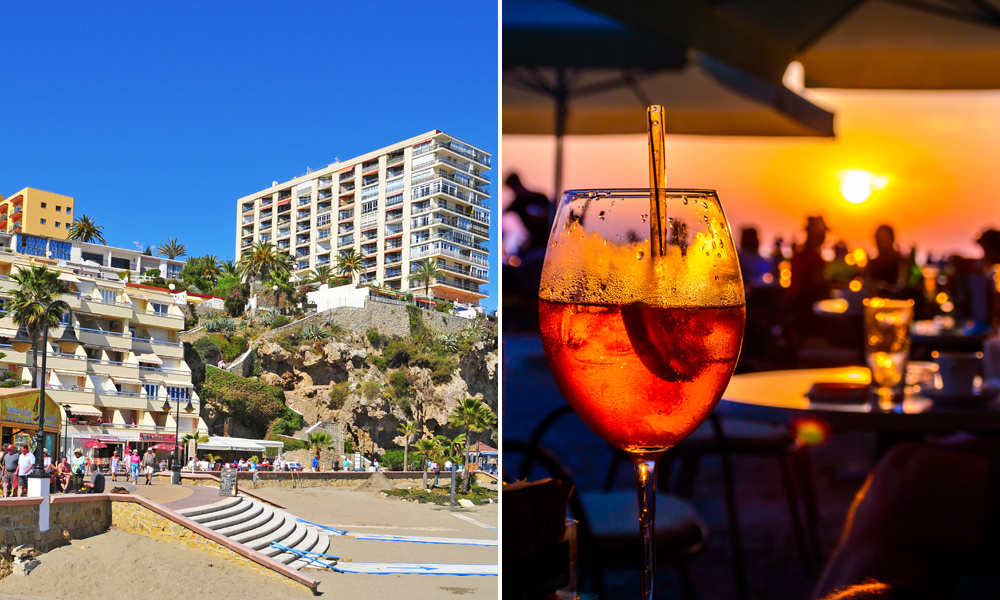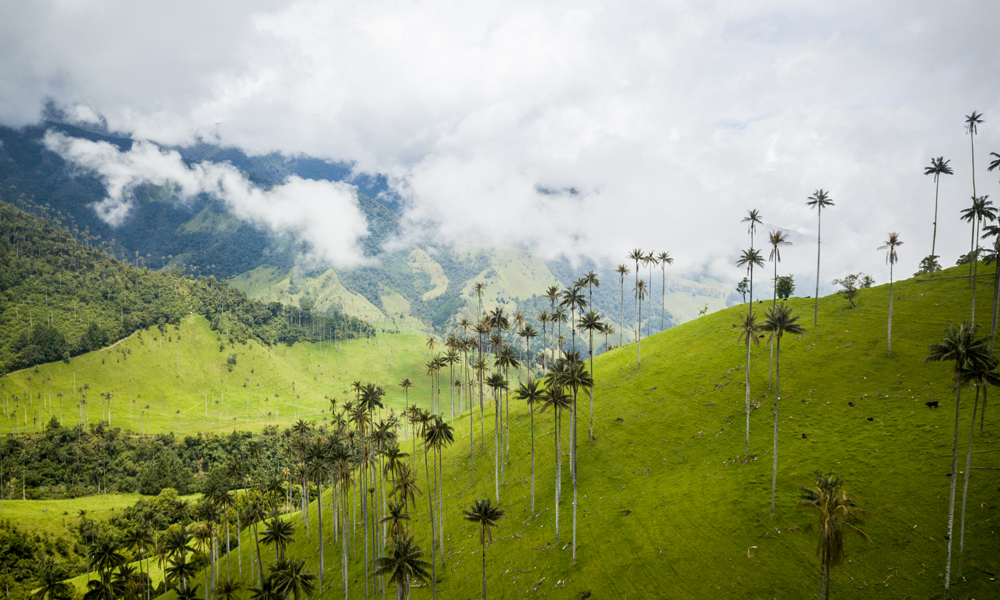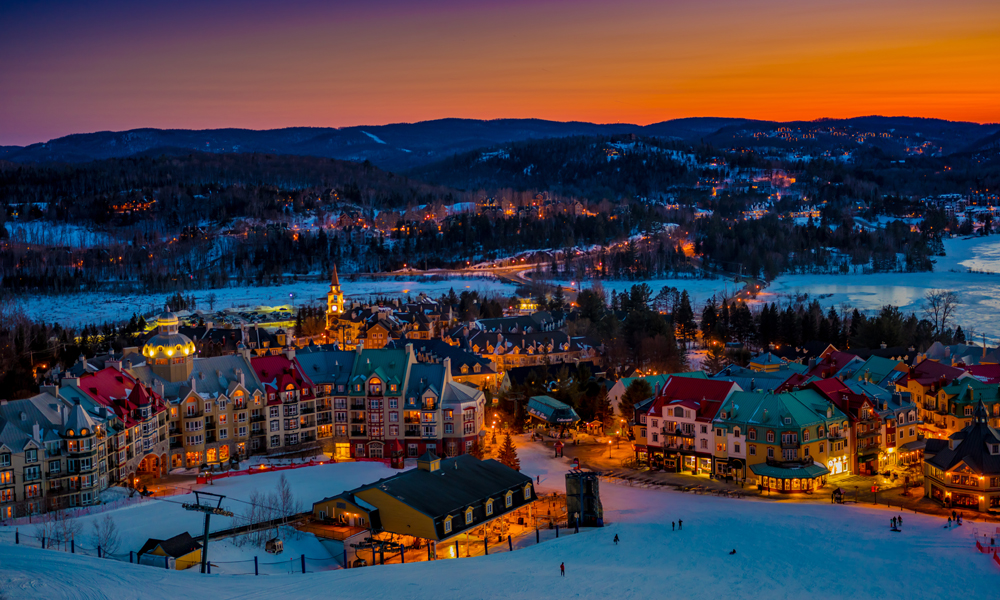A small beach town with a big gay attitude sets the scene for a Pride Weekend on Spain’s Costa del Sol that you will never forget…
By Doug Wallace
I can see the Rock of Gibraltar from here! Well, not really, but I’m really close. Just like I think I can see Buffalo sometimes if I squint hard enough.
We’re up the beach a ways, just south of Málaga, Spain, in the wee city of Torremolinos, the beating heart of the largest gay scene on the Costa del Sol. Arriving just in time to celebrate Pride Weekend is one of the best ideas I’ve ever had – beach parties, drag shows, guest DJs of course, live acts, even a high-heel race. Add the 30,000 people who turn out for the parade on Saturday and you’ve got a big smile on your face for days.
Happily, we’re getting a brief tour around town by one of the region’s top dogs, the illustrious Antonio J. Martí Bohórquez, coordinator with the LGBTQ+ Andalusia Tourist Board. “Our amazing Torremolinos has been the best destination for the LGBTQ+ community in Europe for the past several years,” he boasts, adding that while there are no statistics, likely a third of the visitors to Torremolinos are part of the LGBTQ+ community.
Antonio is somebody everybody knows, a cyclone of energy, a flurry of hand gestures, ushering us around the 30+ bars and clubs clustered in the Plaza de La Nogalera, the Torremolinos gay village. In the span of a few short hours, we hit a number of different dance floors and drag bars, frolic with the bear and fetish crowds, even poke our heads into the nothingness of not one but two very dark bars, just to get a feel for the entire scene, as it were. All in the name of research! Antonio speaks and the doormen part. My phone quickly fills up with dozens of images of people I don’t know, all smiling, all blurry. We forget to have dinner – yes, it’s one of those kinds of nights.

But first, a little bit of background
The first gay bar in Spain – Tony’s Bar – opened in Torremolinos in 1962, launching the La Nogalera area on its way to alternative status and stardom. The tourist boom of the ’50s and ’60s had much to do with the city’s popularity as a hot spot for the liberal and the avant-garde, despite this time period also being the heyday of conservative dictator Francisco Franco. The beaches and nightclubs saw many famous faces, the rich and famous, celebrities and royalty, artists and writers, millionaires and starlets – interestingly, many of them gay icons: Grace Jones, Rita Hayworth, Greta Garbo, Raquel Welch. John Lennon came in 1963 with Beatles’ manager Brian Epstein, sparking all kinds of rumours. Frank Sinatra was one of dozens of international entertainers who hit the stages here.
“Torremolinos has always been an icon of modernity throughout recent history,” Antonio says. “Firstly in the ’70s, the Swedish women arrived topless on the beach, which was scandalous in Spain at the time. The gay men and women followed suit, the first of the LGBTQ community to appear.”
On Antonio’s tour, we walk down the historic Begona Passage, the cradle of the fight for LGBTQ+ rights and freedoms in Andalusia. This is where the rights movement in Spain all began, specifically on June 24, 1971 – almost exactly two years after Stonewall – when the “great raid” of the gay bars anchored to this small alleyway sparked social change. Now, the Begona Passage Association maintains projects that champion freedom and diversity, keeping the historical memory of this emblematic place alive.
“Torremolinos has become an extremely tolerant and modern city, where everyone feels comfortable,” Antonio says. “Gay people have greatly contributed to this welcoming environment, creating a space of freedom and coexistence.”
In Madrid, Torremolinos is often referred to as “Chueca on the Beach,” named after Madrid’s own gay district. The train between the two is a mere three hours, perfect for a nap in each direction – and believe me, you’re going to need it.

It’s not all late nights, of course
The nice thing about Torremolinos is that seven kilometres of sand sit right outside your doorstep; all of the hotels are either on the beach or a short walk away. Bajondillo Beach is one of six beaches in town, each linked with a paved promenade along the Malaga coast. The Beirola Beach section is where we find everyone working on their tans, in front of El Gato Lounge and Eden Beach Club, an offshoot of the Eden nightclub. Hotel Ritual, the largest LGBTQ+ hotel in southern Europe, is just a few feet away. We select loungers and make fast friends with the waiter and our seatmates, clandestinely trying to take pictures of the hotties. It’s really kind of an open-air disco, really, a few dancers livening up the mid-afternoon doze. We kind of forget to have lunch (I’m sensing a theme), which may be one of the reasons I lost my favourite sunglasses – a life tax I’m perfectly willing to swallow.
Similarities are easy to draw between Torremolinos and another beach retreat and counter-cultural icon – Sitges, just south of Barcelona. It has always been affordable, unpretentious, not as uppity as Nice or Mykonos, a nice sidestep from Barcelona, even just for an afternoon day trip. Antonio, of course, favours the southern sunshine. “In Torremolinos, there is less seasonality, so you can have fun more or less all year round,” Antonio says. “The other difference is the crowd – which is younger in Torremolinos” than in Sitges, which, he feels, skews a shade older.
But back to Gibraltar. It’s a full-day tour, taking in the Punta of Europa – the southernmost tip, where you can see the mountains in Africa – and the secret underground passages in Cuevas de San Miguel. The popular hiking area of El Caminito del Rey is about an hour north of Torremolinos, its three-hour routes linking gorges, canyons and a large valley – a big nature bath. Farther afield, there are other cool cities to work into your itinerary. Grenada offers astonishing history via the Alhambra palace complex, and Córdoba counters with the even older Mezquita mosque-cathedral, both massive glimpses into the country’s Islamic past. The streets of Sevilla are about two hours west, with the hilltop town of Ronda sitting midway, its romance factor dialed way up thanks to cliffside vistas and historic charm.

Make yourself a Pride plan
Springtime and the tail end of summer are the best times to visit Torremolinos – it’s less hot and less crowded with the vacationing Spanish themselves. Hooking our Torremolinos tour to the Pride festivities in early June made it more special – an event rather than simply a holiday. This year, May 30 to June 4, Pride sees cultural programming, films and exhibits, events for kids, music and performances, and, of course, beach volleyball. The sparkling mix of parties includes big names like Mordisko and Matrix and Eliad Cohen.
If Pride doesn’t work with your timing, the international Wonder Gay Festival takes place in July, with Mad Bear Beach covering 10 days in August. The “woofiest,” it says.
At the end of our pub crawl, Antonio breezes out of our lives on a motorbike at 2 am, texting us later that “you take a piece of my heart to Canada.” We force ourselves to walk home along the boardwalk to sober up – which doesn’t work, but we don’t care. There’s plenty of time tomorrow to rebound on the beach.
Visit PrideTorremolinos.es and Andalucia.org.
DOUG WALLACE is an international travel and lifestyle writer, photographer and custom-content authority, principal of Wallace Media and editor-publisher of TravelRight.Today. He can be found beside buffet tables, on massage tables and table-hopping around the world.







POST A COMMENT